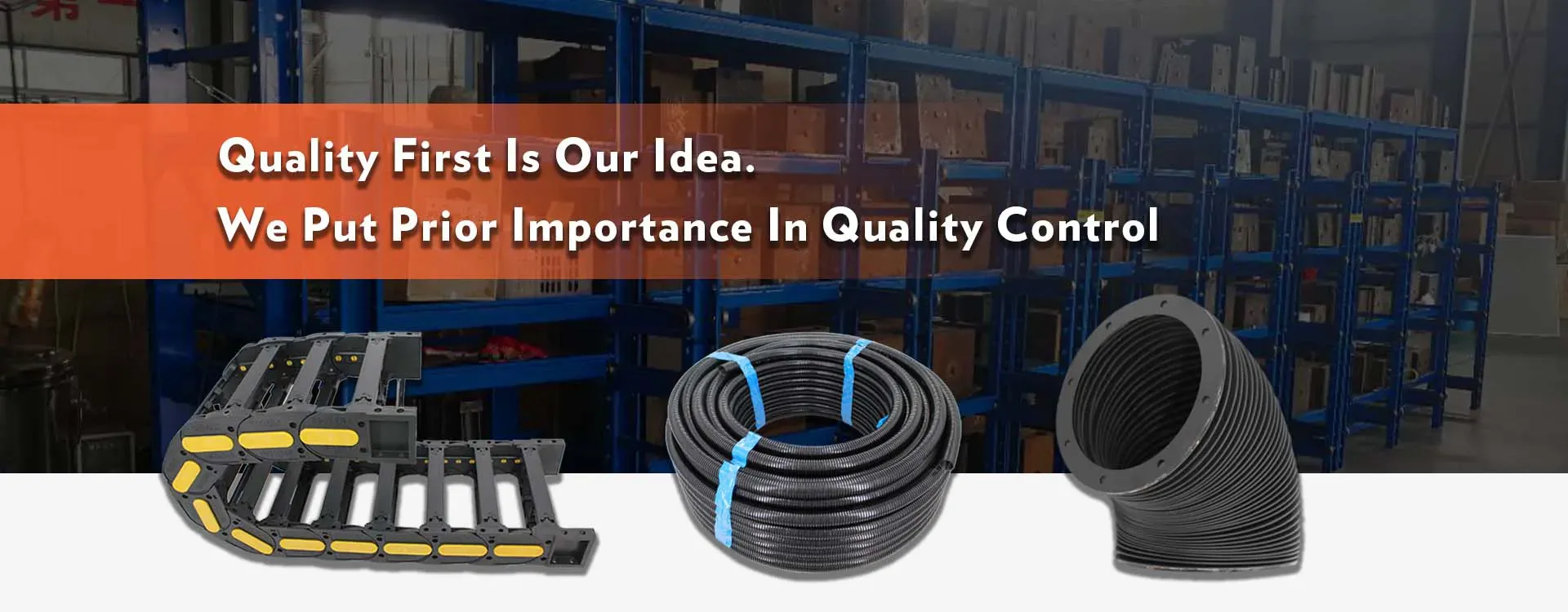Exploring the Benefits and Applications of Cable Chain Drag Systems in Modern Machinery
Understanding Cable Chain Drag Systems Benefits, Applications, and Considerations
In the realm of industrial automation and machinery, the efficiency and reliability of equipment are paramount. One critical component that often enhances these aspects is the cable chain drag system, commonly referred to simply as a cable drag chain. This intricate system is designed to manage and protect cables, hoses, and wires in various applications, ensuring smooth operations while minimizing wear and tear. In this article, we will delve into the essence of cable chain drag systems, exploring their benefits, typical applications, and some important considerations for their effective use.
What is a Cable Chain Drag System?
A cable chain drag system consists of interconnected links that form a flexible conduit for housing cables and hoses. When machinery operates, these chains move in tandem with the motion of the application, allowing for dynamic and rotational movements without tangling or damaging cables. The design of the chain typically includes a series of open or closed links that provide sufficient protection and support for the internal components.
Benefits of Cable Chain Drag Systems
1. Protection from Wear and Tear One of the primary advantages of cable chain drag systems is their ability to safeguard wires and hoses from mechanical damage. In environments with heavy machinery, cables can be subjected to friction, impact, and environmental hazards. A well-designed cable chain minimizes these risks, prolonging the life of the cables and reducing maintenance costs.
2. Enhanced Mobility Cable drag chains are designed for mobility, allowing cables to move freely in synchronization with the machinery they serve. This characteristic is particularly beneficial in robotics, CNC machines, and moving workstations, where flexibility is crucial for optimal performance.
3. Reduced Cable Management Issues Traditional cable management techniques can lead to cluttered workspaces and tangled wires, which can impair functionality and safety. Cable chain drag systems provide an organized pathway for cables, reducing tangles and enhancing workflow efficiency.
4. Versatility Cable drag chains come in various sizes and configurations, making them suitable for a wide range of applications. Whether in manufacturing, automotive, aerospace, or even in home automation systems, cable drag chains can be customized to fit specific requirements.
cable chain drag

5. Improved Aesthetics and Safety By using a cable drag chain, companies can achieve a cleaner and more professional appearance in their facilities. Furthermore, fewer exposed wires reduce the risk of trip hazards and electrical issues, contributing to a safer work environment.
Applications of Cable Chain Drag Systems
The applications of cable chain drag systems are as diverse as the industries they serve. Some notable examples include
- Manufacturing In conveyor systems and automated production lines, cable drag chains facilitate movements by securely housing power and control cables. - Robotics In robotic arms, the flexibility of drag chains allows for smooth and unobstructed motion, making them invaluable for both manufacturing and medical robots. - CNC Machines Cable drag chains are essential for CNC machines, where precision and reliability are required for dynamic movements. - Entertainment and Events In stage setups, cable management is crucial. Drag chains help organizers maintain order and safety in the midst of complex lighting and sound setups.
Key Considerations
While cable chain drag systems offer numerous benefits, there are key considerations to bear in mind when implementing them
- Load Capacity Evaluate the weight and diameter of the cables or hoses to ensure the selected drag chain can support them without risk of damage. - Environmental Conditions Extreme temperatures, chemicals, or other hazardous environments may require specialized materials for the chain to ensure durability. - Installability The complexity of installation should be considered, as some systems may require significant modifications to existing machinery.
Conclusion
Cable chain drag systems represent a vital aspect of modern industrial design, contributing significantly to efficiency and safety. By understanding their benefits, applications, and considerations, businesses can make informed decisions that enhance their operations and ensure the longevity of their equipment. As industries continue to evolve, the role of cable drag chains will undoubtedly become even more essential in achieving streamlined and effective machinery performance.








